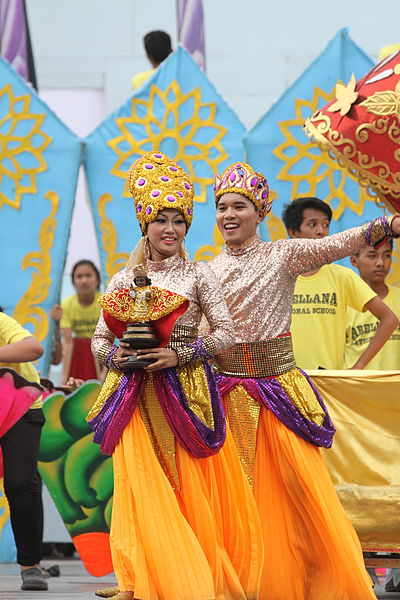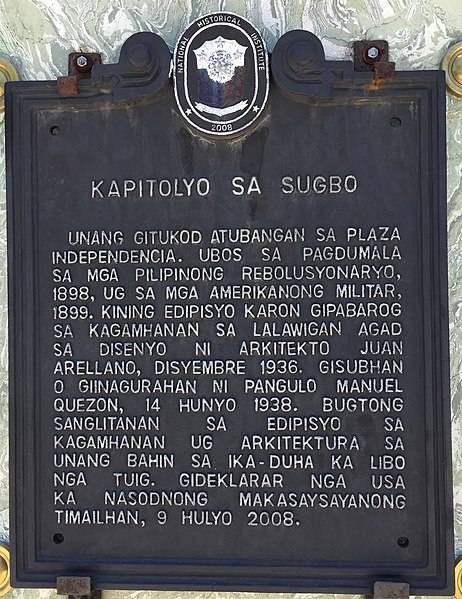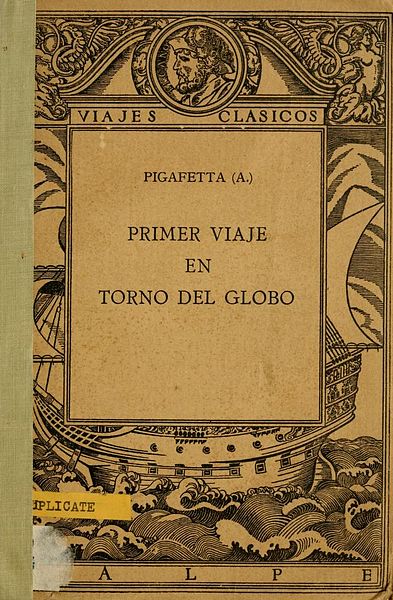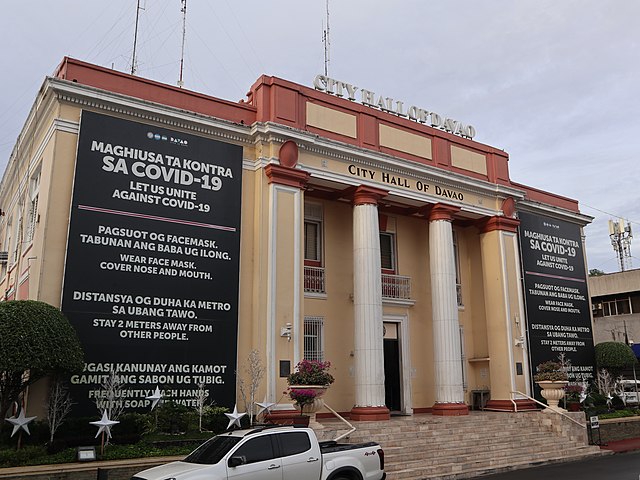The Cebuano people are the largest subgroup of the larger ethnolinguistic group Visayans, who constitute the largest Filipino ethnolinguistic group in the country. They originated in the province of Cebu in the region of Central Visayas, but then later spread out to other places in the Philippines, such as Siquijor, Bohol, Negros Oriental, southwestern Leyte, western Samar, Masbate, and large parts of Mindanao. It may also refer to the ethnic group who speak the same language as their native tongue in different parts of the archipelago. The term Cebuano also refers to the demonym of permanent residents in Cebu island regardless of ethnicity.
Cebuano men who served as guards in the early 20th century during the American period.
The Sinulog Festival, which is held annually on the third Sunday of January in Cebu City.
Cebuano is an Austronesian language spoken in the southern Philippines. It is natively, though informally, called by its generic term Bisayâ or Binisayâ and sometimes referred to in English sources as Cebuan. It is spoken by the Visayan ethnolinguistic groups native to the islands of Cebu, Bohol, Siquijor, the eastern half of Negros, the western half of Leyte, and the northern coastal areas of Northern Mindanao and the eastern part of Zamboanga del Norte due to Spanish settlements during 18th century. In modern times, it has also spread to the Davao Region, Cotabato, Camiguin, parts of the Dinagat Islands, and the lowland regions of Caraga, often displacing native languages in those areas.
Cebu Provincial Capitol's historical marker in Cebu City
Pigafetta's dictionary containing vocabularies from Malay and Bisayan languages which also includes Cebuano which is then translated to or from Italian
Public health safety reminders on the city hall of Davao





